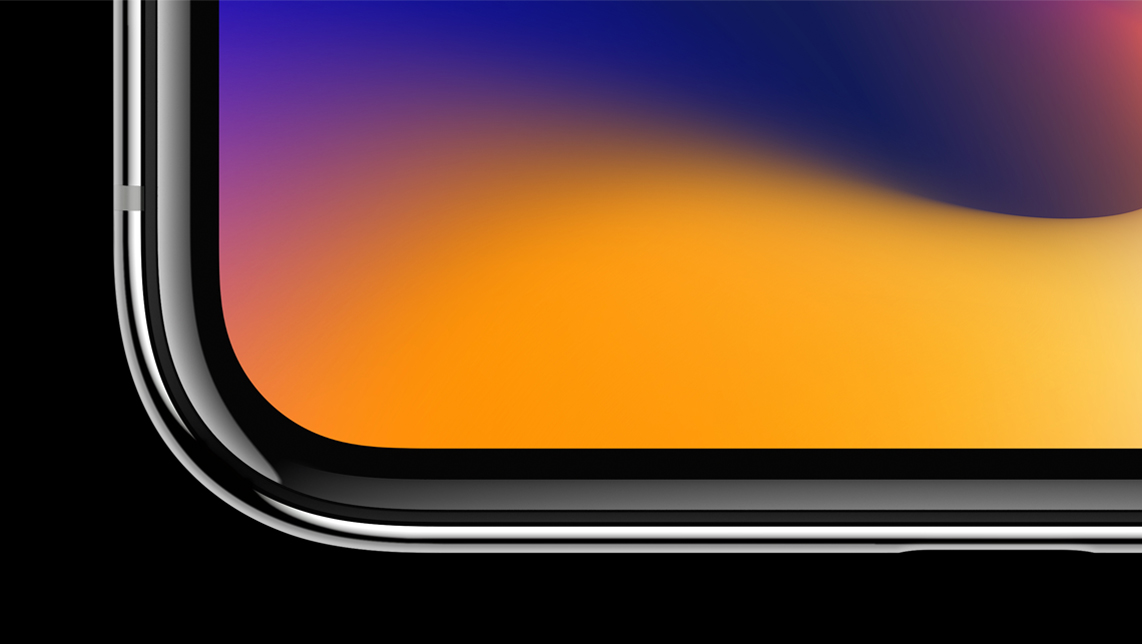On the (very) off chance you didn’t hear, Apple released a suite of new iPhones yesterday. Models include the new iPhone 8 and iPhone 8 Plus, as well as the highly-anticipated – and much leaked about – iPhone X (which, apparently, is pronounced “iPhone 10”).
Follow Crunchbase News on Twitter & Facebook
There are a number of remarkable things about these phones:
- Wireless charging.
- Improved cameras.
- New color rendering technology formerly available only on iPads.
- A chip geared for machine learning.
And, at the highest end, an eye-watering price tag.
Indeed, Apple is the first major phone maker to get as close as possible to crossing the $1,000 USD mark for a “base model” device. (There are niche luxury phone makers out there, but they haven’t fared too well.) The iPhone X starts at $999 for 64 GB of storage, but there is a 256 GB model priced at $1,149 for all you spendthrifts out there.
The iPhone X’s $999 base price tag puts it at the top of the heap among major phone manufacturers. And although there’s no telling exactly how Apple will price its phones in the future, it’s likely that the $1000 ceiling won’t last for long. If Apple doesn’t shatter it, some other manufacturer will.
However, yesterday’s product announcements marked another, but less obvious milestone.
2017, year to date, marks the widest spread in iPhone pricing between new or refreshed phones at the lowest and highest end of the pricing spectrum.1
We set out to find the original selling price of iPhones sold in the US since the iPhone’s launch ten years ago. To accomplish this, we used a combination of partial historical pricing data collected by AAPLInvestors.net, cached product pricing pages accessed through the Internet Archive, and historical press clippings from around the tech blogosphere.
In total, we identified launch pricing information on 48 device configurations, as measured by named model (e.g. “iPhone 6”) and the storage options available. (We did not count colors and case finishes as discrete models.)
Here’s a chart displaying the product pricing spread since 2011, the first year Apple sold its phones unlocked in the US. (The “unlocked” part is important because it shows the “real” price of an iPhone, without having to account for cell carrier subsidies.)

Calculated by subtracting the price of the least expensive new/refreshed iPhone announced in a given year from the most expensive model, this widening spread presents some potential insights into Apple’s new product pricing strategy in the US. But this chart alone doesn’t show much beyond the fact that a spread exists. For that, we’ve classified new iPhones and plotted their prices since 2011.

Here’s what the different symbols mean:
- The circles represent what we’e calling “Flagship” devices, the standard-sized iPhone models (ex. “iPhone 5S” and “iPhone 8”).
- Plus signs represent, what else, the “Plus-class” phones, which are physically larger and typically start at around $100 more than the Flagship devices. But, since the introduction of the dual camera system in the iPhone 7 Plus, prices have increased.
- The diamond shapes indicate “Special Models” like the iPhone 5c, the iPhone SE, and, we argue, the iPhone X.
Apple appears to be using special iPhone models to expand its product pricing envelope on both ends of the spectrum. Lower-end devices like the iPhone 5c and iPhone SE appeal to consumers looking for the iPhone experience without all the whiz-bang features. Even when refreshed, Apple tends to put the previous generation of processors in these devices, like it did with the iPhone SE in March 2017.
Meanwhile, on the high end, a special product like the iPhone X gives customers access to advanced components not available in sufficient quantity for mass model production. The addition of more premium products (most notably the larger Plus-class devices introduced in 2014) have helped to push the average selling price (ASP) of iPhones higher over the past several years. In all likelihood, the addition of the iPhone X to the product mix will continue to push iPhone ASP even higher.
By pushing the limits of the high and low end of new devices each year, Apple is able to make devices that appeal to many kinds of customers. And that means Apple can sell more phones to more people, all while laughing its way to the bank in the process.
Footnotes:
- It’s important to note that this applies just to the phone business. Looking at all LTE-enabled devices produced by Apple, the pricing spread is even wider. The least expensive cellular Apple Watch Series 3 is priced at $399 and the most expensive LTE-enabled 12.9 inch iPad Pro with 512 GB of storage is $1279. Although these devices cater to vastly different use cases, the $880 spread across all cellular devices is still remarkable, especially when compared to the mere $750 spread in new iPhones announced year to date.
Image Credit: Apple

Stay up to date with recent funding rounds, acquisitions, and more with the Crunchbase Daily.


![Illustration of a guy watering plants with a blocked hose - Global [Dom Guzman]](https://news.crunchbase.com/wp-content/uploads/quarterly-global-3-300x168.jpg)
67.1K Followers